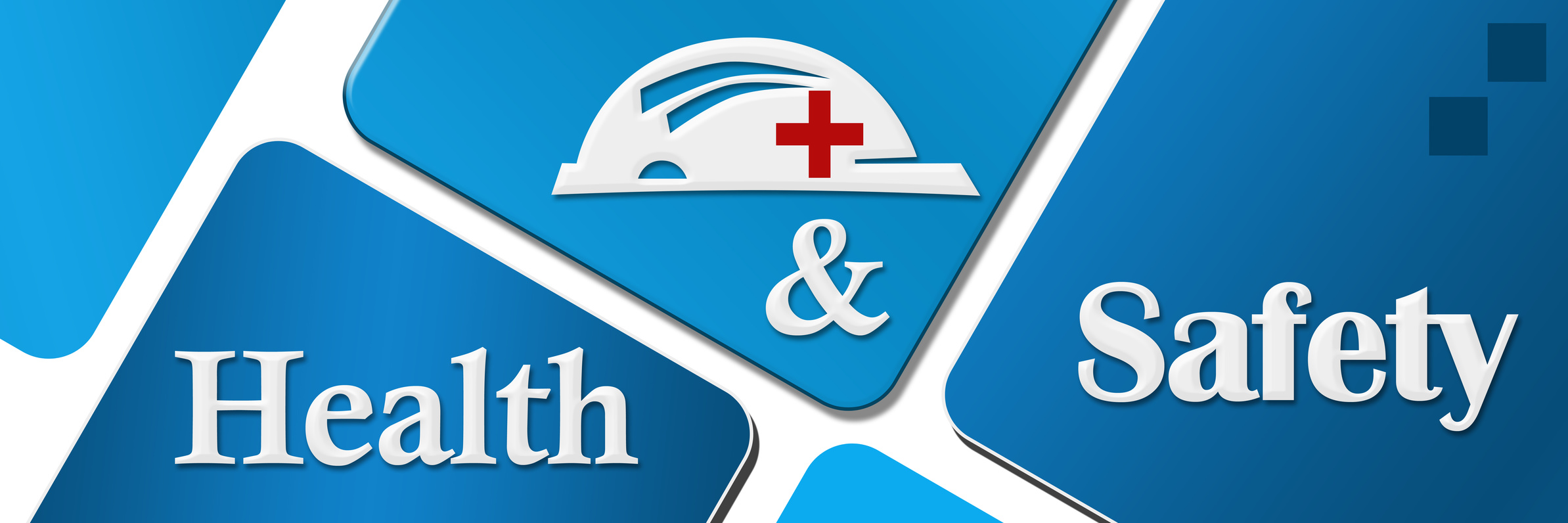Do My Staff Need to Take the SEMA Racking Inspection Training Course?
The SEMA racking inspection training course is a program run by SEMA which is designed to give people the ability to become SEMA approved racking inspectors (SARIs).
“Do my staff need to take SEMA’s racking inspection training course?”
The short answer is no.
But why is that? Why wouldn’t you want your staff to receive the SEMA racking inspection training course?
The SEMA Racking Inspection Training Course is Designed for Future SEMA Approved Racking Inspectors
The racking inspection training course is a course run by SEMA itself in order to help those with a background in structural engineering or similar pursue a new career. People who pass this course become qualified SEMA approved racking inspectors (SARI). As of right now, there are only 93 SEMA approved racking inspectors.
If a member of your staff wants to become the 94th SEMA approved racking inspector, that is a serious commitment and — more than that — it’s a career in of itself. In fact, in order to maintain their SARI status, they will need to perform a certain number of racking inspections as SEMA approved racking inspector every year.
Added to all this, SEMA approved racking inspectors are expected to attend a set amount of seminars and conferences in order to keep their knowledge up to date. In short, being a SEMA approved racking inspector requires a lot of time, money, and effort.
The SEMA racking inspection training course is a great thing as it creates racking inspection experts, but it’s also a gateway to a new career. It’s only something that an employee would want or need if they no longer wanted to work for your company.
HSE Recommend that Staff Perform Racking Inspections Once a Week. So Where Can My Staff Get Racking Inspection Training?
If you want your staff to be able to perform the sort of weekly racking inspections which HSE recommends, look no further than right here. Our racking inspection training course is run by a SEMA approved racking inspector. This means that your staff will be able to inspect warehouse racking according to SEMA guidelines without the time and cost of sending them on a three-day racking inspection training course. Our course lasts just one day and will give your staff all the knowledge they need in order to perform weekly racking inspections, as per HSE’s guidance.
Storage Equipment Experts’ racking inspection services are critically acclaimed by a long list of great British and Irish businesses. To name but a few, White Stuff, Smiffys, and the Tate Modern all recommend Storage Equipment Experts.
5 More Reasons to Get Racking Inspection Training from Storage Equipment Experts!
Just in case you’re not quite convinced, here are five more reasons to give your staff racking inspection training from our SEMA approved racking inspector…
- Our SEMA approved racking inspectors are willing and very able to travel to anywhere in UK & Ireland quickly and easily.
- Our SEMA approved racking inspectors have produced countless articles on the subject of warehouses safety, rack safety, and health and safety in general — all of which means that he knows his industry inside out.
- Our SEMA approved racking inspectors are qualified by SEMA to inspect both adjustable pallet racking and cantilever racking; there are only 34 people which hold both of these qualifications.
- Our racking inspection training course is available at the extremely competitive price of £225 + VAT per person.
- We also offer a warehouse racking inspection checklist (written by SEMA approved racking inspectors) and an infographic detailing how to use the checklist… for free!
So what are you waiting for? Contact Storage Equipment Experts today for a quote on racking inspections from a SEMA approved inspector or for a racking inspection training courses.




